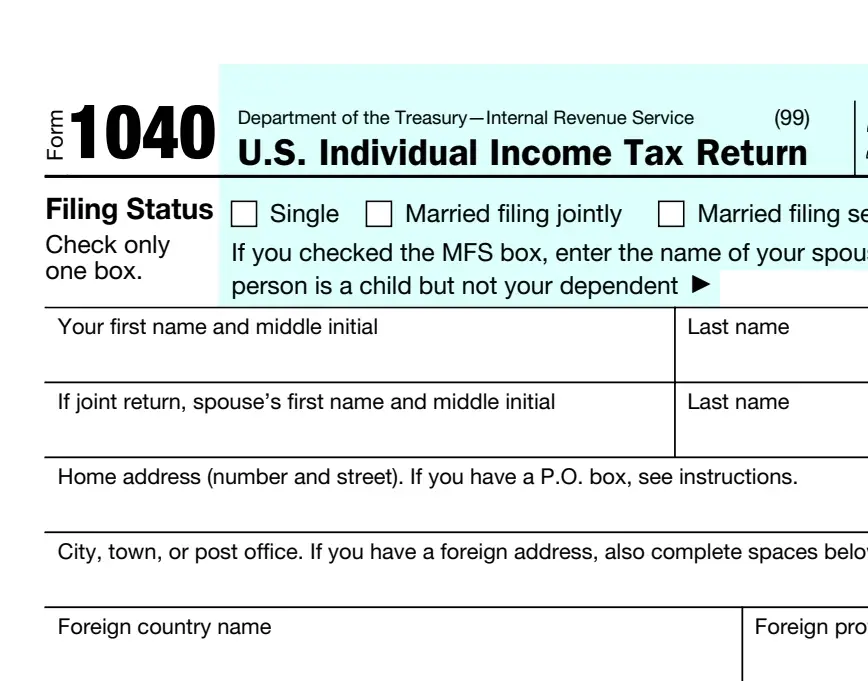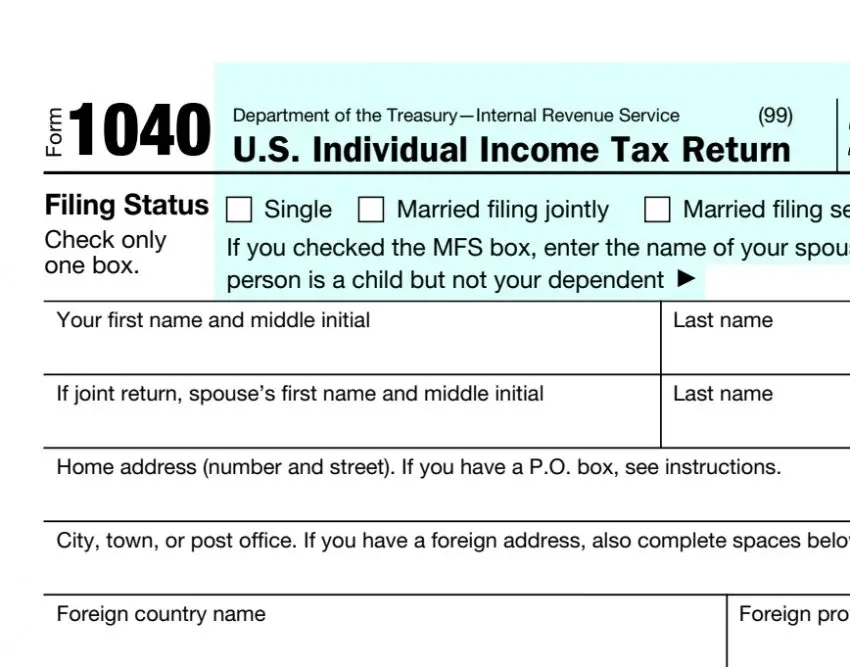Have you ever wondered How to pay IRS taxes? The IRS offers many payment options where taxpayers can pay right away or arrange payment plan. Taxpayers can pay online, by phone, or with their mobile device and the IRS2Go app.
In Summary you can pay IRS taxes the following ways:
- Using IRS Website directly from your Bank Account
- Pay with EFW using your tax preparer or Tax Software
- EFTPS(Electronic Federal Tax Payment System)
- Pay with Credit Card or Debit Card(Fee Applies) Non IRS Site.
- Mail Personal Check or Money Order.
- Pay Cash In person. Do Not Mail. See Details
- Pay with Short Term Payment plan or Installment Agreement.
- Pay Using Long Term Installment Plan

No one wants to pay taxes. But if you do owe taxes, you’ll want to know what your payment options are. Here’s how to pay taxes? and how to decide which option is right for you.
Contents
1. How to pay your IRS taxes online?
When looking into how to pay taxes for free — without any fees — direct pay is one option.
With this method, you can pay a tax bill directly from your checking or savings account, and you’ll receive instant confirmation when the payment is made.
TaxSaversOnline highly recommend this payment as you don’t have to wait for confirmation.
You can schedule payments up to 30 days in advance, and you can change or cancel a payment up to two business days before the scheduled payment date.
Click Here to pay your taxes using Direct Pay
2. How to Pay IRS taxes with Electronic Funds Withdrawal?
Electronic Funds Withdrawal (EFW) is another way to pay taxes, but in some cases, you may have to pay a small fee to your financial institution. You can only use this payment method if you e-file your federal taxes by using a tax preparation software, tax professional, or IRS Free File.
With EFW, you can submit one or more payments through direct debit from your bank account, and you can also schedule payments up to 365 days in advance.
Don’t Forget to Inform your Tax preparer or input your bank account information in order to take advantage of EFW.
3. How to Pay Taxes EFTPS (Electronic Federal Tax Payment System)?
You can also pay your tax bill using the government’s Electronic Federal Tax Payment System (EFTPS). You’ll use your Social Security number (SSN) or Individual Taxpayer Identification Number (ITIN), a personal identification number (PIN), an internet password, and a secure browser to make a payment through this system.
It can take up to five days to process your enrollment in this service, and you can complete the initial paperwork online or over the phone.
With EFTPS, you can schedule payments up to 365 days in advance, and you’ll receive an immediate confirmation upon payment.

4. How to Pay IRS Taxes by Credit Card and Debit Cards?
You can use your debit or credit card to pay your tax bill online or over the phone. The IRS doesn’t charge a fee for this service, but the service providers charge a fee for processing the payment. The three providers — PayUSAtax, Pay1040, and ACI Payments, Inc. — charge a fee. Debit card transactions are often between $2 and $4. For credit transactions, the fee is based upon a percentage of the payment amount. For instance, for a credit transaction of $1,000, the taxpayer may be charged a fee of $19.90.
The IRS accepts Visa, Discover, American Express, Mastercard, STAR, Pulse, NYCE, Accel, PayPal, and PayNearMe
Click here for Direct Link to IRS Site
5. How to Pay Taxes by Check or money order?
The IRS also accepts checks or money orders for your tax bill. Make the Payment out to the United States Treasury. You’ll also need to complete and submit Form 1040-V along with your payment.
Your 1040-V and check/money order should be mailed to the appropriate address listed on 1040-V. Make sure your check includes all of the following information:
- Name
- Address
- Phone number
- SSN or ITIN
- The SSN of the first person listed on your Form 1040 (if filing jointly)
- The tax year for which you’re paying the bill for Example 2021 or 2022
- The type of individual income tax return you completed for example Form 1040
- Your payment amount written in this exact way: $125.26 (no dashes or lines)
6. Can you pay IRS taxes with Cash?
You can use cash to pay your tax bill, but you can’t mail cash to the IRS. You’ll need to visit a cash processing company or retail store. Many popular convenience stores and pharmacies offer this service, or you can make a payment at an IRS Taxpayer Assistance Centers (TAC). Click here for more information regarding
- If paying via an IRS retail partner, first go to the ACI payments website and follow the instructions.
- Then, you’ll receive an email verification code that you can print or save to your smartphone.
- Show website code to the cash processing company or retail store. Retail Company will then will charge a fee of either $1.50 or $3.99 for processing your cash payment.
- If paying at Local IRS office, call The IRS office at least 30 to 60 days ahead of time to schedule an appt.
7. How to Pay Taxes using Installment Agreement?
If you can’t pay your tax bill immediately due to temporary factors, you can request an extension.
- You’ll need to first file your tax return and then apply for an installment agreement through the IRS. A short-term agreement must be paid in full in less than 120 or 180 days.
- Whether a taxpayer has 120 or 180 days to pay is determined by the application method. Those who apply online have 120 days to pay while those who apply by phone, mail, or in-person have 180 days to pay.
- There are no fees to apply for the short-term payment plan, but interest and penalties will apply to the full taxes you owe until they’re paid off.
- Also, you must owe less than $100,000 in combined tax, penalties, and interest to apply for this extension.
You may also qualify for an extension through Form 1127, Application for Extension of Time for Payment of Tax Due to Undue Hardship. Prior to filing Form 1127, you’ll also need to file your income tax return.
8. How to Pay IRS Taxes using Long-term payment plan?
The most common way to handle a tax bill that you can’t pay immediately is to set up a long-term installment agreement.
If you’re applying for a long-term payment plan and owe less than $50,000, then you can apply for the agreement online.
- The IRS charges a fee for this application, and the fee is higher if you apply over the phone or in person.
- Although you’ll be charged interest and late payment penalties until you pay the taxes you owe in full, the failure to pay rate is decreased from .5% to .25% per month while your installment agreement is in effect.
When setting up an agreement with the IRS, you’ll as well as the day each month select a payment amount that you’ll make the payment.
Your monthly installment amounts should be based on your ability to afford the payments so that you won’t default on the agreement.
The IRS typically responds to an installment agreement request within 30 days of the application. When on an installment plan, you can make payments using any of these payment methods:
- Direct pay
- Payroll deduction from your employer
- Check or money order
- EFTPS
- Credit or debit card
- Online Payment Agreement (OPA)
9. How to reduce and pay taxes using Offer in Compromise?
If you can’t pay your tax bill due to a permanent factor such as a job loss or business failure, you can request an Offer in Compromise (OIC) from the IRS.
- With this agreement, the IRS will agree to a reduced tax bill to be paid in full due to your circumstances.
- To be considered for an OIC, you must have filed your taxes and be current in all payment requirements to the IRS.
- You can’t apply if you’re currently involved in bankruptcy proceedings.
- There’s a fee for an OIC application unless you’re able to meet the Low-Income Certification guidelines.
10. How to Temporarily delay IRS collection process?
You may need this type of agreement in the event that you can’t pay your full tax liability in the foreseeable future (as opposed to a short-term hardship). If you can’t pay any of your tax debt, then your account could be classified as “currently not collectible.” The IRS could then approve and temporarily delay collection until your financial condition improves.
Being currently not collectible doesn’t mean the debt goes away; it means the IRS has determined you can’t afford to pay the debt at this time. Prior to approving your request to delay collection, you may be asked to complete a Collection Information Statement (Form 433-F, Form 433-A, or Form 433-B) and provide proof of your financial status, including information about your assets, monthly income, and expenses.
Tax deadlines
The federal income tax deadline is typically April 15, but if you can’t file in time, you can file 4868 to ask for a six-month extension.
- It’s important to note that an extension will give you more time to file your return, but it doesn’t give you more time to pay your tax bill.
- Any amount you owe that isn’t paid by the tax deadline will begin accruing interest and penalties.
- To avoid this, you can estimate your tax bill and send that amount to the IRS with your request for a filing extension.
Be Cautious!!
You can avoid falling victim to a scam by remembering that the IRS never starts conversations with taxpayers through email, Phone Call, Social media, or Text messages.
Whichever method you choose to pay your taxes, don’t hesitate to start the process as soon as you can. If you haven’t filed your Past Due Returns, See more info by clicking here.






7 thoughts on “How to Pay IRS Taxes? (Ultimate Guide!!)”